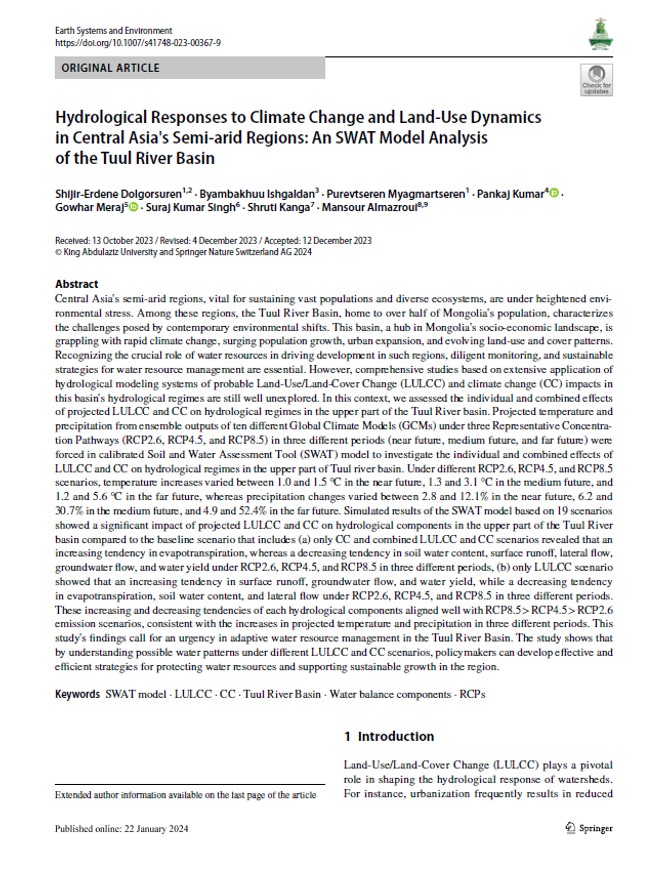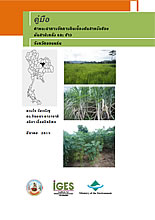Behavioural insight interventions, alongside traditional policy measures, offer promising solutions to nudge consumers away from single-use plastic consumption. This comprehensive Guidance Note shares practical lessons on the application of behavioural insights in four ASEAN countries: Indonesia, the Philippines, Thailand and Viet Nam. The...
Keywords:




